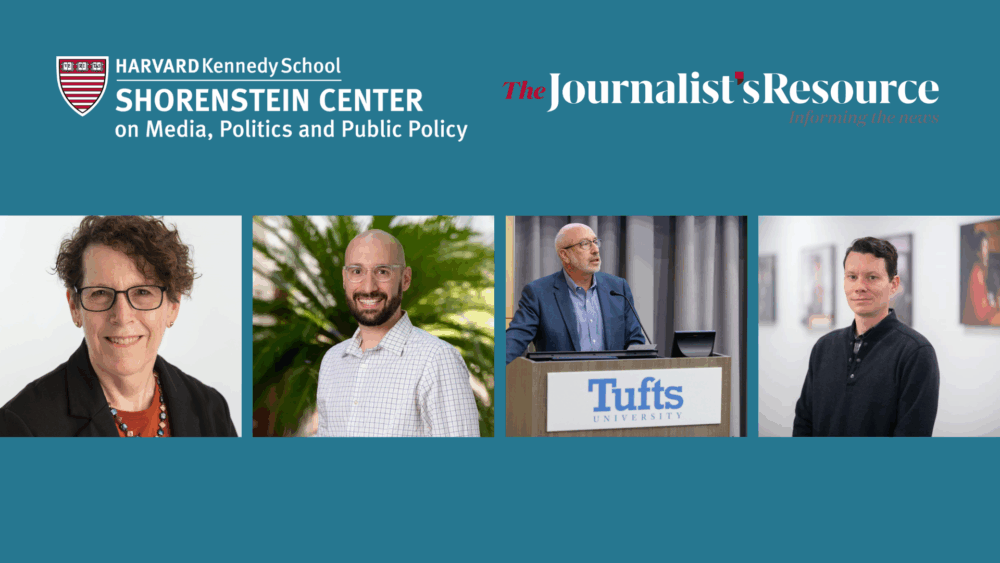
Videos
Regulating Social Media: America’s Global Communications Dilemma
Reports & Papers
 Michael Slaby
Michael SlabyShorenstein Center Fellow, Spring 2013
Formerly, Obama for America
A version of this paper appeared in The New Republic.
Where we are and how we are connected to others are fundamental to our understanding of ourselves and the world around us. From the earliest days of exploration, cartography was essential not only as a tool for navigation but also for understanding identity. It has helped us to rethink economics, to redefine our relationship to our present and past, and to imagine the concept of foreign relations on a global scale. As continued globalization and the maturity and penetration of the internet make our world feel ever smaller, we are increasingly disoriented at the hands of a rapidly advancing media and technology landscape. Everyone from technologists to sociologists has attempted to articulate how communications is shifting and what that shift means for individuals, organizations, media companies, and governments. We have found truth in bits and pieces including the thoughtful work of David Armano on convergence and Jeff Hammerbacher on networks, but we still need a comprehensive new topology to knit together our piecemeal understanding of the converging media and technology world around us. As individuals, how do we make sense of the cacophony around us? As organizations, how do we find and engage the communities that matter most? This is the first step: we need a new map. A new map is the foundation for a new understanding as individuals and grounding for organizations to communicate with new power, regain their lost confidence, and engage and empower people with new purpose.

Videos

Explainers, Podcasts, Videos

Videos